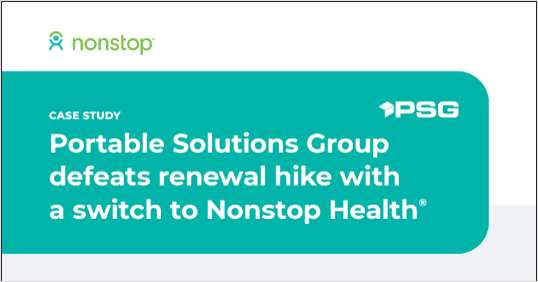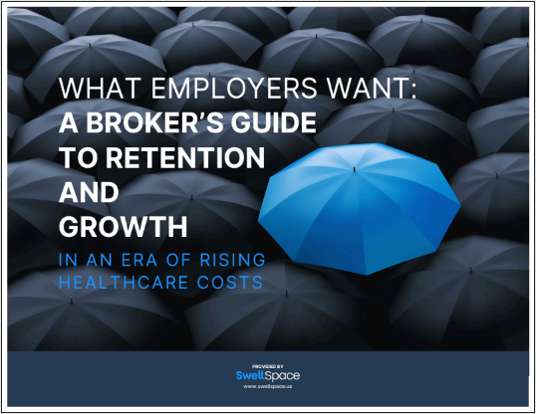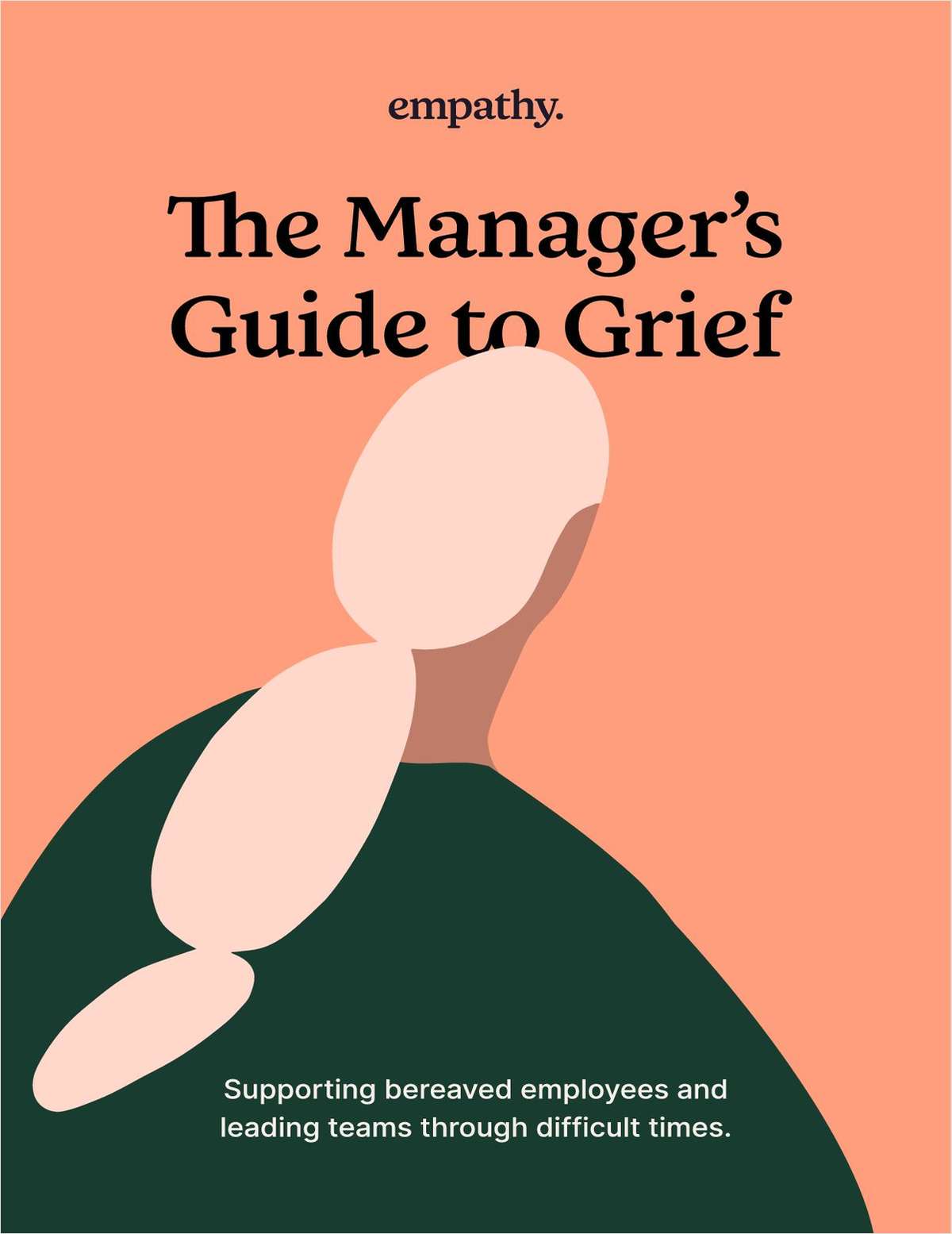WEST PALM BEACH, Fla. – It was a great year to be covering corporate credit unions. From mergers and new technology to an amended corporate reg, corporates generated hordes of news in 2001. As a reporter, I have no opinion on their individual successes or failures, but here are some observations I think are worth noting. Though some corporate leaders down play it (others do not), competition among corporates seems to be heating up, especially with deposit/investment products. Many corporates are marketing select deposit/investment products across state lines. It's no coincidence that a handful of federal-chartered corporates applied for national FOMs this year. Many state-charters say they've always had national FOMs, but admitted to not having much use for them until now. In some pockets of the country competition is more heated. Take the Southeast for example. Southwest Corporate FCU and Southeast Corporate FCU are competing in the item processing realm. Both have facilities in Tallahassee and have target market overlaps. Southeast Corporate appears to be on an aggressive track to diversifying its product line. Despite more competition among corporates, corporate leaders are adamant about the fiercest competition coming from outside the network (brokerages, federal home loan banks, etc.). It's hard to discuss corporates without mentioning their marketing savvy. Dealing with most of the corporates and knowing the marketing professionals of many of them, the expertise seems to vary greatly from corporate to corporate. While many are up to speed with dealing with the press, others are just getting in the game. Many are not as focused as dealing with the press as they are with bolstering their marketing efforts with CUs to increase business. When asked, I always point to a few marketing reps from a handful of corporates as some of the sharpest marketing folks I deal with across all my beats. Corporate leader after leader has emphasized to me the importance economies of scale will play in coming years. With that it's only natural to expect more mergers. Some corporate leaders have told me the number of corporates could dwindle to a dozen, or less, in the span of a decade. (There are currently 35 corporates, 36 including U.S. Central). The $100 million CorpStar offering data processing services was a sign of the times of corporates diversifying their product lines. This is also being seen in the realm of bill payment, though most corporates contend that bill payment is simply a natural outgrowth of their role as payment processor. Bill pay competition among corporates is sure to heat up in 2002. The technology scene was a sea change compared to last year. Whereas 2000 was the year of the start-up firm and of CUs readily (maybe hastily) adopting new technologies, CUs became more conservative in 2001 and start-ups were almost non-existent. The dot-bomb of late 2000 and early 2001 scared some CUs straight into evaluating new technologies (especially Web technologies) more closely before jumping on the bandwagon. There was one exception – aggregation. In 2000, CUs discussed "why not" to offer aggregation. In 2001 it became "why they must." Most CUs are worried about members being lured to another financial player's aggregation pages to see their financial picture. Rather than risk losing members forever, CUs are jumping into aggregation with full force. But there's another reason CUs are now hip to aggregation. It's a golden opportunity to learn what their members are doing outside the CU, and to do more pinpointed target marketing. Having gone through the aggregation set-up, I'd say if CUs don't get members first they risk losing them online. The set-up is time-consuming and tedious, and I couldn't imagine members wanting to go through it twice. Maybe CUs should think of offering an aggregation set-up service, where they assist members in setting up their aggregation accounts. It could only help member relations. Another trend emerged this year. Established players in other areas are getting more aggressive with technology. Firms like PSCU, CUNA Mutual Group, and of course corporates. The old reliable data processors are now being looked to for Net banking solutions, whereas in years past third-party firms were CUs' first option. If 2001 didn't wake up credit union trade associations to the appeal of the thrift charter, I'm not sure anything will. Not only did more CUs move to a thrift charter than past years, the sizes of the CUs converting is on the rise. Each CU that has converted has had similar stories. It's either to do more mortgage lending (especially commercial lending); serve a broader base of consumers; or go to what they see is a more flexible regulator. One reason CU leaders should be more concerned about thrift conversions is credit unions are getting a lot deeper into mortgage lending. Those that want to go even further may see the more lenient mortgage lending rules of the OTS as a natural fit. A concern to all is whether credit union boards and CEOs are pushing for conversions for personal gain. On the whole, that was not the case in almost all thrift conversions I've covered this year, but I don't think it hurt in a few cases either. Covering the flip-flop of shares vs. loans from 2000 to 2001, I've learned one very important thing -a lot of these economic changes don't panic CU leaders. I've heard on more than one occasion this year that it's all part of the "normal ebb and flow of managing a credit union balance sheet." Whether loans are booming or deposits are booming, this is what CU leaders are paid to do. The most interesting aspect to me is the lingering reluctance among some CUs to lower deposit rates in line with Fed rate cuts, as well as some CUs willing to get a little more creative with their investment portfolios to make up yield from a poor lending year. -
Continue Reading for Free
Register and gain access to:
- Breaking benefits news and analysis, on-site and via our newsletters and custom alerts
- Educational webcasts, white papers, and ebooks from industry thought leaders
- Critical converage of the property casualty insurance and financial advisory markets on our other ALM sites, PropertyCasualty360 and ThinkAdvisor
Already have an account? Sign In Now
© 2024 ALM Global, LLC, All Rights Reserved. Request academic re-use from www.copyright.com. All other uses, submit a request to [email protected]. For more information visit Asset & Logo Licensing.








